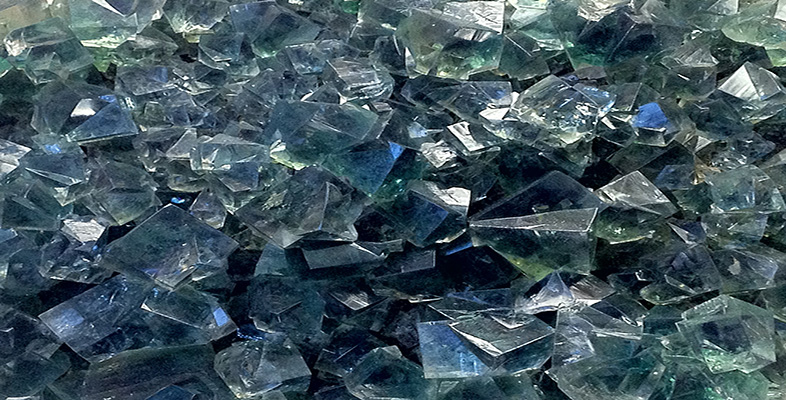1.8 Learning outcomes for Section 1
Now you have completed this section, you should be able to:
- give, with an appropriate example, the meaning of the terms phase, phase boundary, and phase transformation, and interpret stability fields in terms of pressures and/or temperatures, using a phase diagram
- describe and recognise, giving examples, various physical properties of minerals, including lustre, cleavage, hardness and density
- describe, giving mineral examples, the main differences between metallic, ionic and covalent structures, and their type of bonding
- explain the significance of various types of defects in crystals
- explain the meaning of the terms lattice, unit cell, reflection and rotational symmetry, and how these relate to crystal systems.
Now try the following questions to test your understanding of Section 1.
SAQ 2
Using the phase diagram illustrated in Figure 4, determine: (a) the pressure at which water would boil at a temperature of 50 °C; and (b) the pressure and temperature at which solid ice, liquid water and gaseous steam could coexist.
SAQ 3
On testing, an unidentified mineral was found to scratch window glass, but was itself scratched by a hardened steel file. What is the hardness of this mineral?
